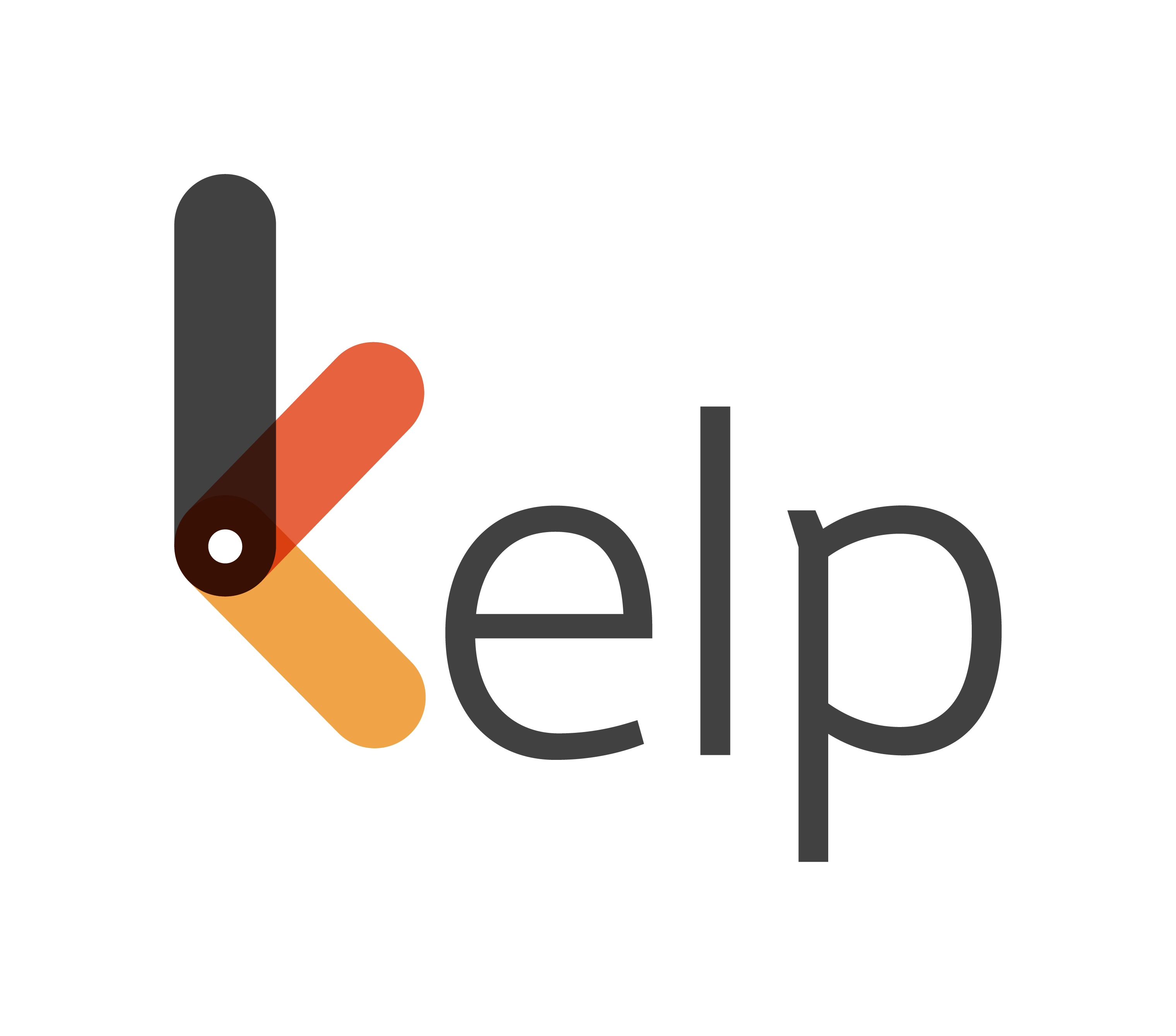The Industrial Revolution (1860 – 1840) highlighted the transition from hand production methodologies to machine technology that churned out higher productivity and yielded increased profit margins. It was a time when wood was replaced with bio-gas and other fuels, channelling industries to aid in the development of a nation. Through time, the workforce talent has grown, and so has technology. There has never been a better time when talent and technology shared such a deep bonding, until now. Welcome to the Industrial Revolution of our time. Welcome to freelancing.
We no longer work with a notion to serve a company for 25 years, expecting a gold watch in recognition for the long-standing services rendered to the firm. The equations have changed. If you are eyeing a gold watch out there, you have the power to purchase the same when your next pay check gets dropped into your pocket. Today, careers consist of fusing together various types of work, juggling multiple clients, and learning to become management experts. This is done on a more independent scale, and we call them freelancers. Human Resource professionals speculate that the demand for freelance workers is expected to double every year, till 2020.
Currently, one in every three American is estimated to be a freelancer. This trend has crept into India as well. By 2020, freelancers are expected to comprise 50% of the full time workforce. Human Resource professionals claim that 54% of B2B marketers will increase spends on the freelance market over the next 12 months, and that 33% of B2B marketing budgets are now allocated to the freelancing space.
As this trend is exploding, HR professionals in companies are architecting a major shift in their hiring process. Talent is moving from a fixed cost to a variable cost, with tools and systems in place to manage the same. The freelance industry is valued at $1 billion, providing a valuable alternative to companies that leverage on a contingent workforce.
This transition is nothing less than a revolution. We haven’t seen such a shift in the past century. Having said so much, the freelance economy is set to reshape workforce in 2014, and is probably the best career option in the days to come. Here’s why –
- The emergence of a large number of small and medium sized businesses will spur the recruitment of freelance HR professionals as they deploy low levels of systems and processes, which provides the flexibility to engage the freelance economy.
- As freelancing shares a deep bond with technology, work goes mobile with more and more workers carrying mobile devices. This will promote location based deliverables, enabling freelance workers to move from once project to another very quickly.
- Like all other markets, freelancing is ragingly competitive. But one can earn significantly more because it gives you the freedom to determine your niche like staffing, executive recruitment or training, set your own rates, and create distinct service offerings to grow as an outsourcing resource.
- Freelancers have greater access to important information about employers which allows them to make informed decisions about the best assignments to engage in.
- Through websites like www.kelphr.com, a freelance HR professional can have a one stop access to employers and projects that are looking to engage freelancers giving a structure to the entire process.
Till date, full-time employment and freelancing have had an inverse relationship. However, for the first time in the history, we are witnessing a change in this pattern. Freelancing is no longer inversely proportionate to full-time employment. The lines have been blurred and the future stands defined.







